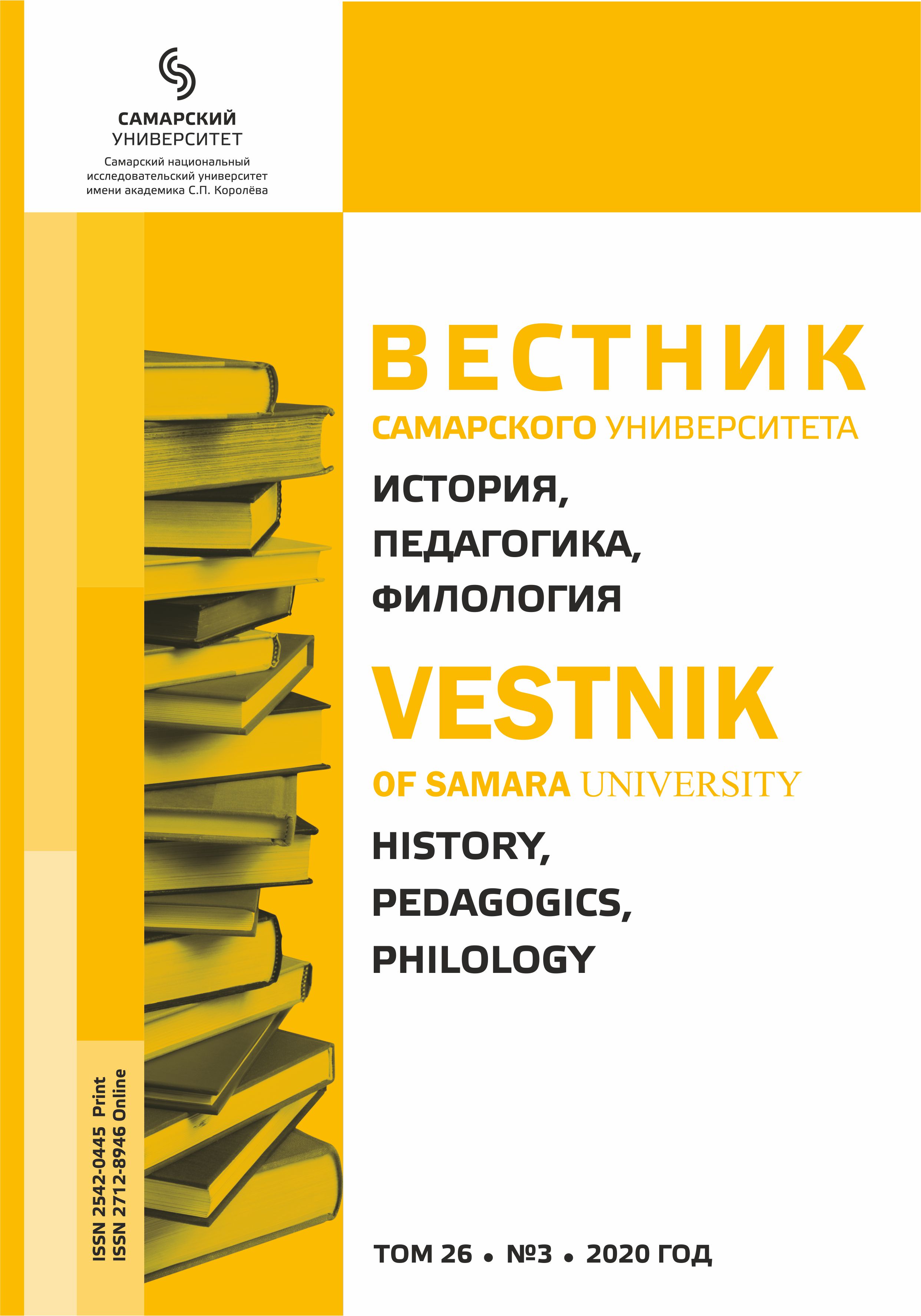Using the novelty’s semantics in advertising texts for presenting the quality of goods
- Authors: Vazhdaeva E.A.1
-
Affiliations:
- Samara National Research University, Samara, Russian Federation
- Issue: Vol 26, No 3 (2020)
- Pages: 78-82
- Section: Articles
- URL: https://journals.ssau.ru/hpp/article/view/8189
- DOI: https://doi.org/10.18287/2542-0445-2020-26-3-78-82
- ID: 8189
Cite item
Full Text
Abstract
The article examines the functioning of lexemes new, innovation, novelty, in a new way, updated. Words are in advertising texts, one way or another, informing about the high quality of the advertised product. The material for this article is about 500 units of the largest database of advertising videos of the Rusreklama channel on the website youtube.ru. The object of promotion is cars and smartphones. The most frequent patterns of using the lexeme new are revealed. The most frequent dictionary meanings of the word new, which are used in advertising texts, have been determined. The analysis shows that in advertising communication to promote an advertising object, all available dictionary meanings of the word new and semantically related words are used. The choice of these or those lexical and semantic variants of these words in one or another case depends on the goal pursued by the advertiser and the tactics that he uses in this case. Despite the exclusively pragmatic orientation of the advertising discourse, as shown by the study of lexemes with the meaning of novelty, the text fully uses the semantic potential of linguistic units, which makes it possible to implement various speech methods of influencing the consumer in relation to different objects of advertising.
About the authors
E. A. Vazhdaeva
Samara National Research University, Samara, Russian Federation
Author for correspondence.
Email: morenov@ssau.ru
ORCID iD: 0000-0003-1790-1377
senior lecturer, Department of Russian Language and Mass Communication, Samara National Research University
References
- Arutyunova 1988 – Arutyunova N.D. (1988) Types of linguistic values: assessment, event, fact. Stepanov G.V. (Ed.). Moscow, 340 p. Available at: https://www.booksite.ru/fulltext/arutunova. (In Russ.)
- Vazhdaeva 2020 – Vazhdaeva E.A. (2020) Evaluative vocabulary in advertising texts. In: Ilyukhina N.A. (Ed.) Language. Text. Discourse: evolution of research approaches: collection of articles by materials of the VII international scientific conference, dedicated to the 50th anniversary of the Department of Russian Language and Mass Communication. January 16–17, 2020. Samara: Samarskaia gumanitarnaia akademiia, pp. 153–161. Available at: http://repo.ssau.ru/bitstream/Yazyk-%E2%80%93-tekst-%E2%80%93-diskurs/Ocenochnaya-leksika-v-reklamnyh-tekstah-83133/1/%D0%AF%D0%A2%D0%94%202020%20c.%20153-161.pdf. (In Russ.)
- Malevinskiy, Akhmadzai 2019 – Malevinskiy S.O. and Akhmadzai S.A. (2019) Teleological assessments and their linguistic expression. Izvestia of the Volgograd State Pedagogical University, no. 3 (136), pp. 107–114. Available at: https://elibrary.ru/item.asp?id=37420266. (In Russ.)
- Shkil 2010 – Shkil O.O. (2010) Teleological asessment in Russian language: experience in the analysis of selected representations. Tomsk State University Journal, no. 331, pp. 27–30. Available at: https://elibrary.ru/item.asp?id=15506279. (In Russ.)
Supplementary files













